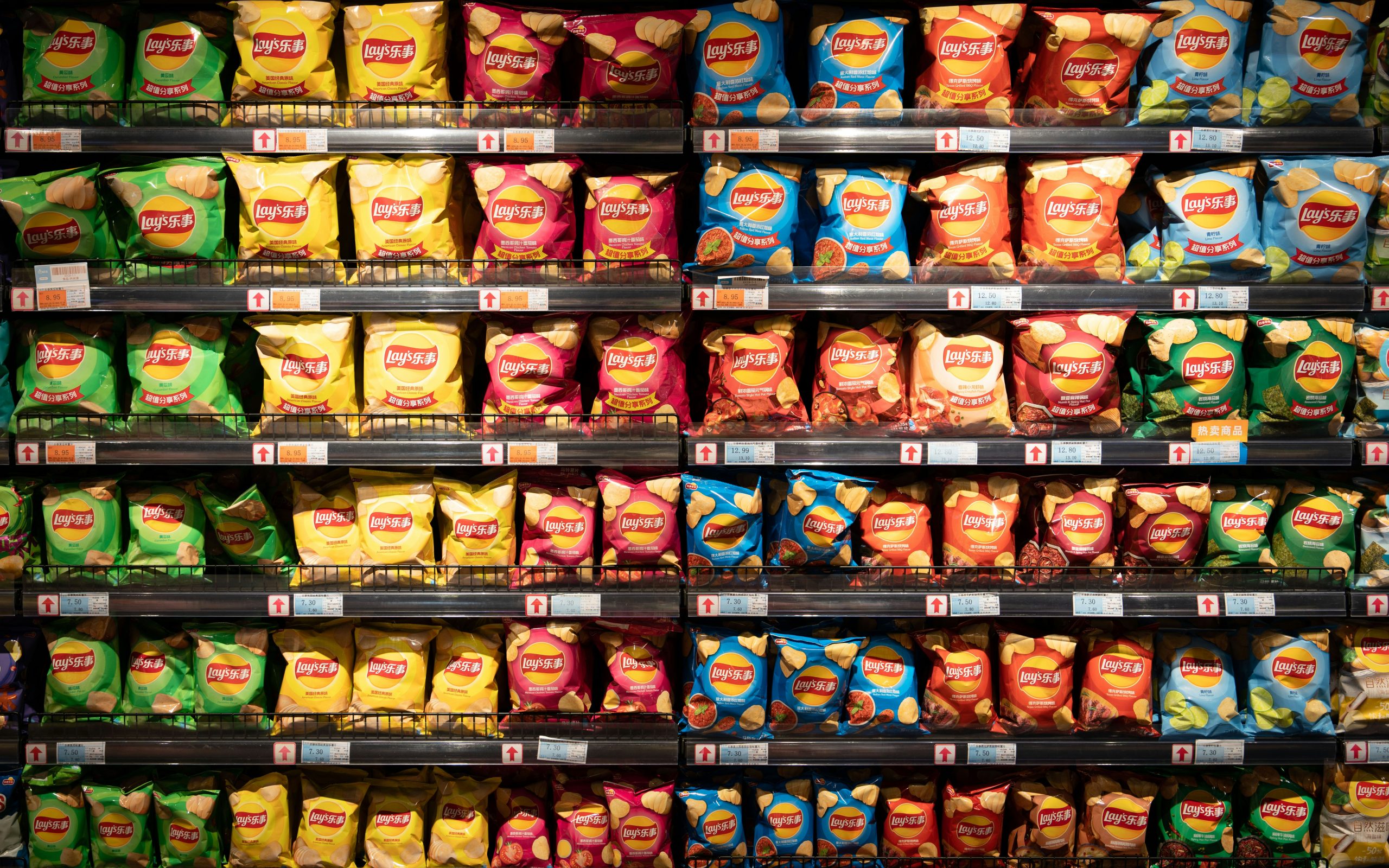
What Is Ultra Processed Food – and Why Can It Be Harmful?
Why cornflakes, plant-based milk, or a “healthy” spread may not be as healthy as they seem
We’re often told to reduce our intake of “processed foods”—but what does that actually mean? Does it include anything that doesn’t come directly from the farm or nature? Are all supermarket products bad for us? And what about foods labeled as “natural“ or healthy,”—are they really suitable for our needs?
Let’s clear things up.
🧪 Processed Food – The Simple Definition
“Processed food” refers to any food that has been altered in some way between the time it was grown or produced and the moment it reaches your plate. But not all processing is bad:
- A sliced tomato or homemade bread made with flour, water, salt, and yeast? That’s processed—but not harmful.
- A snack wrapped in shiny packaging with a long list of industrial ingredients? That’s ultra-processed—and it may be harmful, especially for people with Crohn’s disease.
🚫 Why Is It a Problem?
Ultra-processed foods often contain:
- Preservatives – to extend shelf life
- Emulsifiers and stabilizers – to improve texture or consistency
- Flavorings, colorings, and artificial aromas – to make products more appealing
- Additives like carrageenan, polysorbate 80, xanthan gum – which research has linked to increased intestinal permeability, gut microbiome disruption, and inflammatory responses
For people with inflammatory bowel disease (IBD), especially Crohn’s, these ingredients have been associated with gut inflammation and worsening of symptoms.
🛒 Everyday Supermarket Examples
“Healthy” Cornflakes
Sounds innocent enough, but read the label and you may find:
Sugar, corn syrup, flavorings, color additives, and more.
💡 Better option: plain rolled oats, cooked at home with water or plant-based milk that contains just one ingredient and water (e.g., soy or almonds).
Plant-Based Milk
Often seen as a healthier alternative, but most store-bought plant-based milks (especially those in the fridge section) contain a long list of ingredients including emulsifiers, stabilizers, E-numbers, and added sugars.
💡 Look for unsweetened plant milks with just one ingredient (e.g., soy, almond, or oat) plus water. These are usually found on the shelf, not refrigerated.
Bonus tip: If you’re looking for a plant milk that foams well, go for soy—it naturally contains lecithin, which helps with frothing.
“Healthy” Spreads
Even spreads marketed as healthy—like almond butter, tahini, or hummus—can contain preservatives, stabilizers, flavor enhancers, cheap oils, or added sugar.
💡 Homemade versions using just a few ingredients (e.g., tahini + water + lemon) are always preferable.
✅ How to Identify Ultra-Processed Foods
- Long and confusing ingredient lists – if you don’t recognize half the ingredients, it’s best to put it back on the shelf.
- E-numbers and chemical-sounding components – red flag.
- Overly perfect texture, intense flavor, or shiny colors – signs of industrial processing.
🍎 So What Can You Eat?
The Tasty & Healthy diet encourages choosing foods that are as natural and whole as possible:
- Fresh fruits and vegetables (cooked or raw, depending on tolerance)
- High-quality proteins: chicken, fish, eggs
- Healthy fats: avocado, olive oil, raw tahini and more
- Naturally gluten-free whole grains: brown rice, buckwheat, quinoa
- Packaged products – only if they contain one ingredient or one ingredient + water (e.g., peanut butter that’s 100% peanuts)
✅ In Summary
Processed foods often contain ingredients that may contribute to inflammation in the gut in patients with Crohn’s. Also they contain unhealthy fats, sugars, and excessive salt.
Choosing simple, natural foods with short, recognizable ingredient lists can support gut health—especially for people managing Crohn’s disease.
Written by: Luba Plotkin, a Registered Dietitian (RD).





